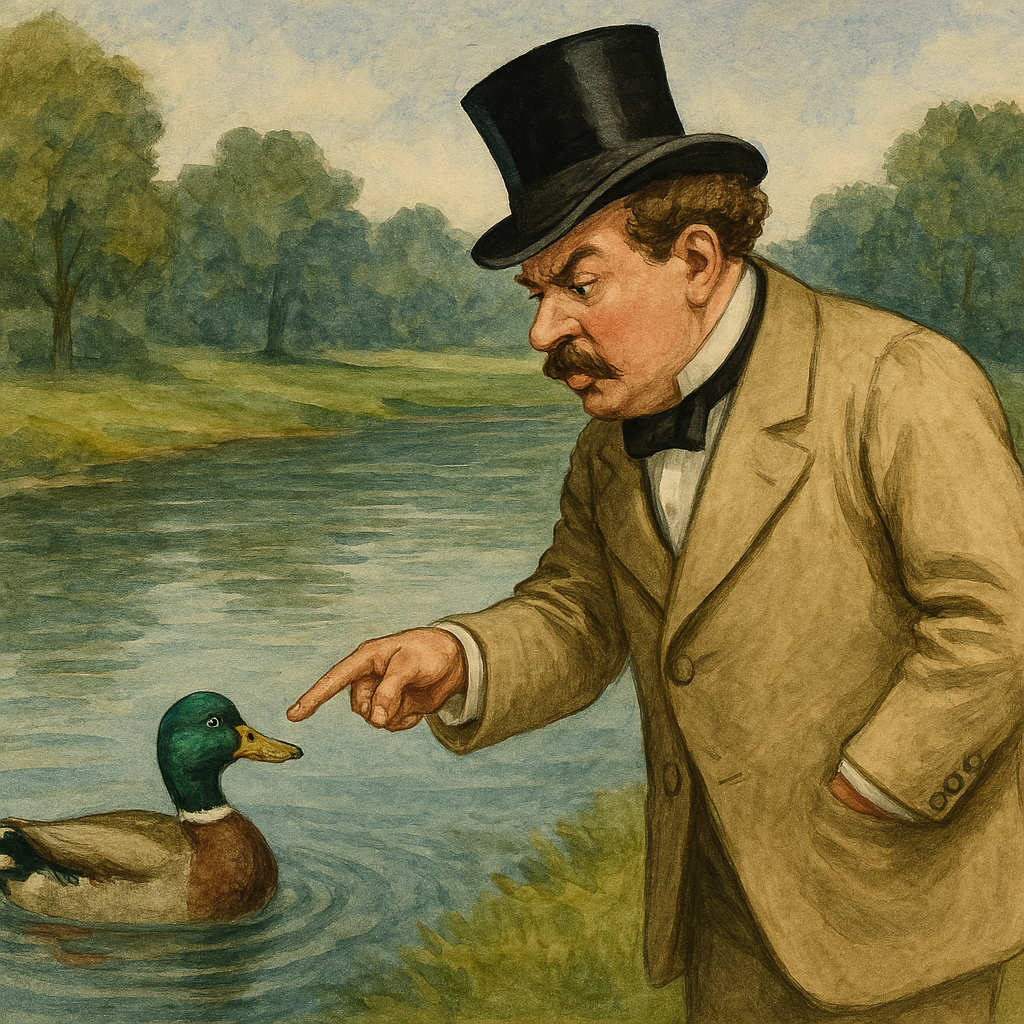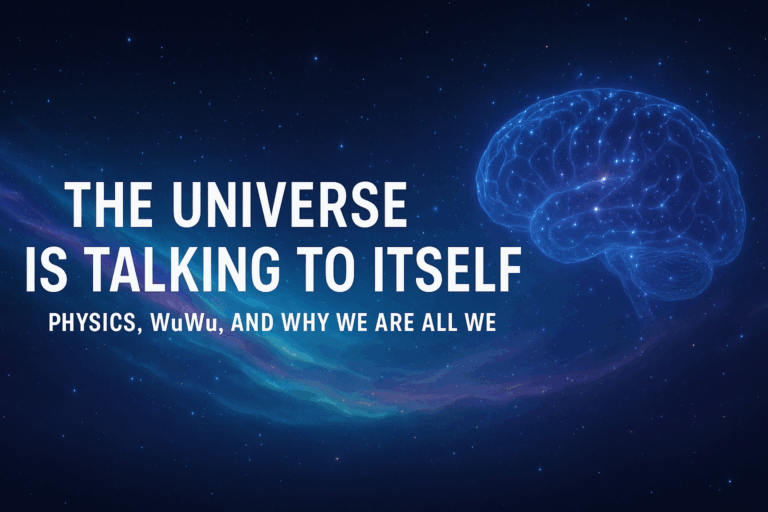
The next time you walk through Central Park and marvel at its design, its “natural” beauty, and its winding, picture-perfect paths, take a moment to remember: it was never meant for you. It was not built for the tired laborer or the immigrant child or the family looking for fresh air after a hard week. It was built for the rich. And to make it, they cleared out the poor.
Before Central Park was a sanctuary for picnics and joggers, it was home to real people. Entire communities — working class families, Irish and German immigrants, and most notably, the Black landowners of Seneca Village — lived and thrived there. They weren’t squatters. They paid taxes. They built churches and schools. They carved out lives in the margins of a city that never cared for them.
But the elite of the mid-1800s had a vision. A grand urban oasis. A landscaped masterpiece. A place to parade their carriages and show off their wealth beneath the noble banner of “public good.” And so, with the stroke of a pen and the backing of moneyed interests, the land was seized. Eminent domain. A polite legal phrase for what was, in truth, the mass eviction of the voiceless.
Seneca Village was demolished. Families were displaced. Lives were uprooted. And the rich got what they wanted: a carefully curated fantasyland where they could stroll in comfort, never having to see the poor, the immigrant, or the Black New Yorker who once called that ground home.
Today, Central Park is celebrated as a triumph of civic design. But it is also a monument to the cruelty of wealth. The very people who built mansions along Fifth Avenue, who wagged fingers at the “uncouth masses” and scolded the poor for their supposed lack of morals, stole land from working people to build themselves a playground.
They cloaked their theft in beauty. They called it progress. They called it charity. But it was conquest, plain and simple.
If you have wealth and power today, and you visit Central Park, ask yourself: What was taken to make this possible? Who was silenced so you could sip coffee by the reservoir or ride a horse under the trees?
The elite have long loved to lecture the poor about virtue. But here is a truth they cannot whitewash with fountains and flowerbeds: Central Park was not a gift to the people. It was a theft from them.
And that shame will never be landscaped away.


